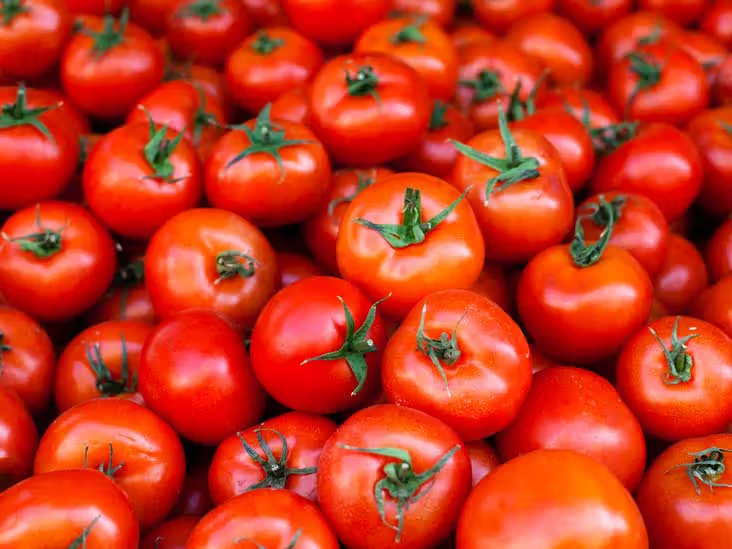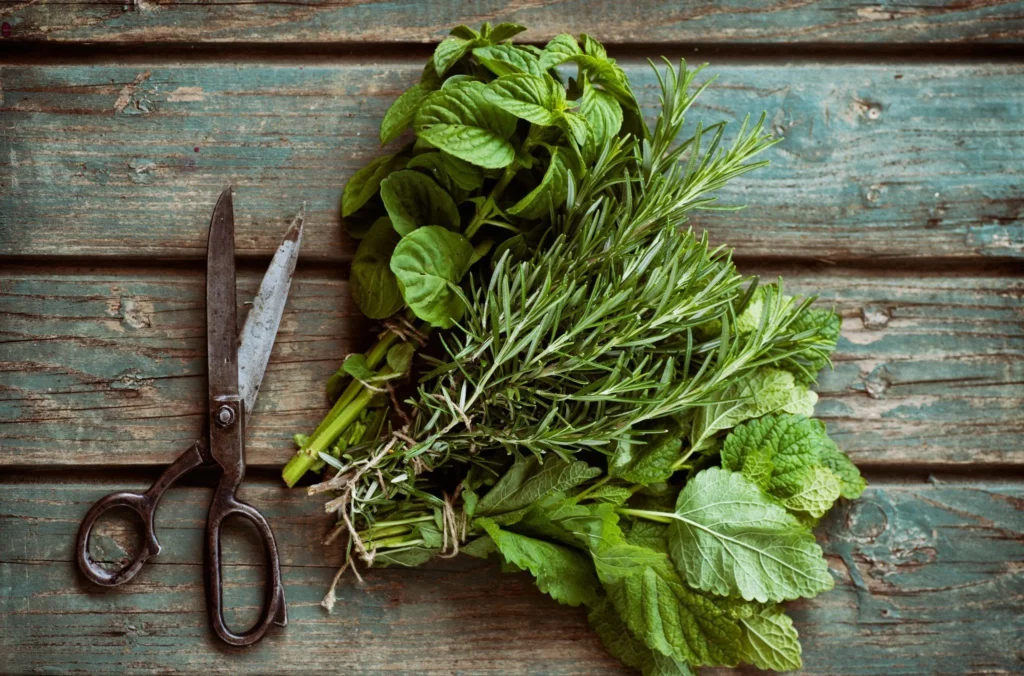Food storage tips can make or break how long your groceries last. Let’s be honest—we’ve all had that one fridge shelf or kitchen drawer where good intentions go to die. You buy fresh food with hope, only to find a sad, wilted mess a few days later. It’s not you—it’s how you’re storing them.
Many of us follow what our parents did without thinking. But a few smart food storage tips can help your groceries last longer, taste better, and save you money. Here are 5 common foods you’re probably storing wrong—and how to fix it.
1. Tomatoes: Please, Get Them Out of the Fridge!

What you’re probably doing: Tossing them in the fridge crisper drawer the second you get home from the store.
Why it’s wrong: The cold, air-controlled environment of your refrigerator does two terrible things to a tomato: it halts the ripening process (which is where they develop their complex, sweet flavor) and turns its juicy flesh mealy and bland. A fridge essentially puts a tomato’s flavor to sleep.
The right way: Keep them on your counter, stem-side down, out of direct sunlight. They’ll stay fragrant, juicy, and delicious. Only refrigerate them if they’re perfectly ripe and you need to slow down decay for a day or two.
2. Potatoes & Onions: Not Quite the Perfect Couple
What you’re probably doing: Storing your bag of potatoes and your mesh bag of onions together in a dark pantry or cupboard.
Why it’s wrong: While they both like a cool, dark place, they shouldn’t be roommates. Onions release ethylene gas and moisture that can cause potatoes to sprout and rot much faster. It’s a recipe for a mushy, moldy disaster.
The right way: Store them in separate, well-ventilated containers in a cool, dark place. A cardboard box or a paper bag for potatoes and a basket for onions works perfectly. Just keep them a few feet apart!
3. Fresh Herbs: Treat Them Like a Bouquet

What you’re probably doing: Shoving the plastic-clad bundle of cilantro or parsley into the fridge as-is.
Why it’s wrong: Loosely packed herbs will dry out, wilt, and turn slimy incredibly fast. They need moisture and room to breathe.
The right way: For soft herbs (cilantro, parsley, basil): Trim the stems, place them in a jar with an inch of water (like a bouquet), and loosely cover the leaves with a plastic bag before refrigerating. For woody herbs (rosemary, thyme): Wrap them loosely in a slightly damp paper towel and store them in a sealed container.
4. Bread: The Fridge is Its Worst Enemy
What you’re probably doing: refrigerating your loaf to make it last longer.
Why it’s wrong: While it’s true that refrigeration slows mold growth, it does so at a huge cost. The starch molecules in bread recrystallize much faster in cold temperatures, a process called “retrogradation.” This is what causes bread to go stale and hard incredibly quickly in the fridge.
The right way: For bread you’ll eat within a few days, keep it in a breadbox or a cool, dark cupboard inside its paper bag. For longer storage, slice it and freeze it. You can pop frozen slices straight into the toaster!
5. Coffee Beans: Heat, Air, and Moisture are the Enemy

The right way: Store coffee beans in an airtight container (not the bag it came in) in a cool, dark, and dry place—like a pantry or cupboard. Buy in smaller quantities so you use them within a couple of weeks of roasting for the freshest flavor.
If you love kitchen efficiency, check out our guide on smart pantry organization tips to make your storage setup even better.
You might also enjoy our beginner’s guide to sustainable grocery shopping for more ways to reduce waste and save money.

